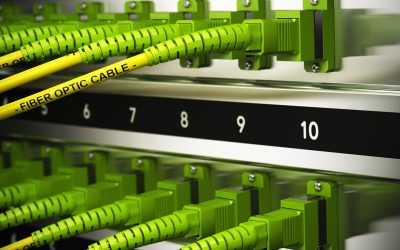C band is a highly practical option for VSAT internet in a wide number of areas of the world. Comparing the C band to the Ku or Ka band systems is a good exercise, but it is often the actual conditions where the dish will be located that will dictate the best option.
Weather Conditions
An important and considerable advantage of C band VSAT internet is the low frequency range. The low-frequency limits the effect of environmental conditions such as rain, wet snow or fog that can significantly impact the signal using the Ku or Ka band VSAT systems. While Ka band is most affected by the weather, it can also have a negative impact on the Ku band systems as well, particularly in heavy rainfall.
In tropical climates where rain, particularly heavy seasonal rains, occur or in maritime areas where fog is a factor, the C band VSAT internet is often the most recommended option. There are hybrid systems that can mitigate the results of weather on both Ku and Ka band; it is still the C band that offers the best connectivity even in extreme conditions.
Size of the Antenna
The large size of the antenna for a C band VSAT internet means this is typically a system that is installed as a permanent fixture an is not moved. The top providers will complete the installation system at your location and then continue to manage the VSAT link as well as provide full 24/7/365 customer support for the system.
These systems, like the Ku and Ka band systems, can be fully customised to meet the needs of the customer. They are also able to scale up quickly should there be a need for additional services at any time in the future.





